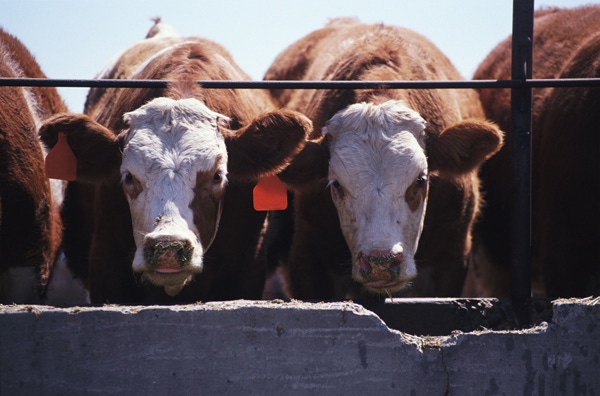April 21, 2011

Good stocker operators think about how to make their cattle better for the next segment in the beef business.
Many of them gathered at the Backgrounding for Quality field day near Hamilton, Kan., last month to learn more about what feeders want and how to get there.
Jerry Bohn, general manager of Pratt (Kan.) Feeders, shared his experience with the group.
“If you want a premium price, you must have premium cattle. Make them better,” he said. “If you have a story to tell a buyer, you’ll be in good shape.”
Any story must be backed by facts, of course.
“That helps us help them,” Bohn said. “We need to know if they are nutrient sufficient before we create a feeding program.”
Pfizer veterinarian Mitch Blanding said past feeding level and health programs go hand in hand. “We often overlook the role nutrition plays in prevention,” he said. “We can have everything else in place for health, but if you neglect nutrition it doesn’t matter what else you do.”
The educational program was presented at the Collinge Ranch, and stocker operator Mike Collinge shared what he does.
“We like to move them through the system as often as possible,” he said. “I really believe how we handle them here will affect how they perform after we gather them off grass. Feedback from the feedyards says this system pays off big time.”
Besides that proactive health stance, the ranch crew is simply around and observing the cattle often.
Bohn confirmed that program has long-term benefits down the line. “One important thing to us is how easy these cattle (are to) to handle. Are they used to people and horses and feed trucks? How they are handled at a place like Mike’s has a huge impact on disposition, and disposition is also very important to us.
“We like it when we don’t have to worry about one jumping the chute when we work them or one of my guys getting run over by an ornery one in the pen,” he said. “But most importantly, calm cattle feed better; and they perform better in the packing plant.”
Avoid discounts
Most of the cattle fed at the Pratt yard are marketed on a value-based grid, and Bohn pointed out that avoiding discounts is the key to making money in such a system.
“You don’t have as many dark cutters with calm cattle, and that’s a big discount we want to avoid,” he said.
The only way to know if your ranch practices are beneficial to the feedyard is to ask.
“The surest way to get carcass data back is to own them through the feeding phase,” Bohn said, but it’s not the only way. He suggests talking to the feeder up front to see if they’re willing to give you performance and carcass data feedback.
“The information-sharing business is getting better,” he said. “Sharing is good for everyone involved.”
The field day was sponsored by Pfizer Animal Health, Certified Angus Beef LLC and Pratt Feeders. For more information, search “Backgrounding for Quality” on the Black Ink Blog at www.blackinkwithcab.com.
You May Also Like




